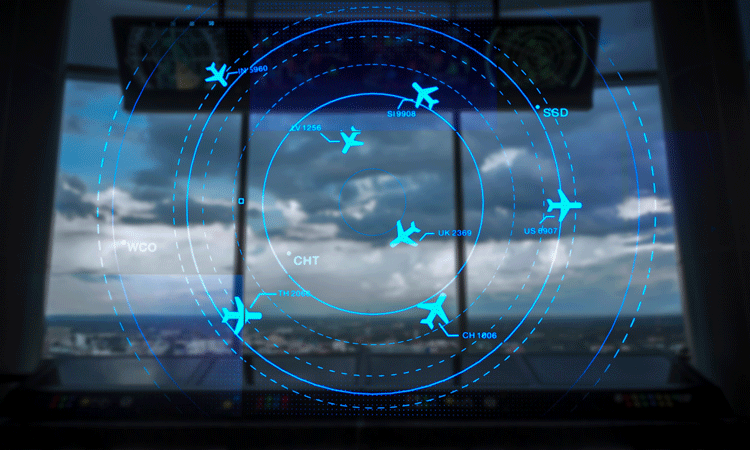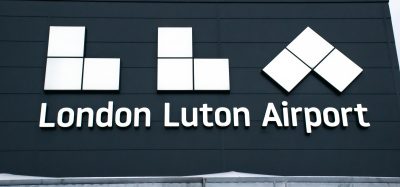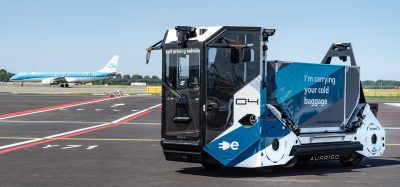NAV CANADA proposes airspace enhancements to Toronto Pearson
- Like
- Digg
- Del
- Tumblr
- VKontakte
- Buffer
- Love This
- Odnoklassniki
- Meneame
- Blogger
- Amazon
- Yahoo Mail
- Gmail
- AOL
- Newsvine
- HackerNews
- Evernote
- MySpace
- Mail.ru
- Viadeo
- Line
- Comments
- Yummly
- SMS
- Viber
- Telegram
- Subscribe
- Skype
- Facebook Messenger
- Kakao
- LiveJournal
- Yammer
- Edgar
- Fintel
- Mix
- Instapaper
- Copy Link
Posted: 5 November 2021 | International Airport Review | No comments yet
NAV CANADA has partnered with the Greater Toronto Airports Authority to launch a public consultation as the next step in a proposal to begin airspace enhancements around Toronto Pearson Airport.


NAV CANADA, in collaboration with the Greater Toronto Airports Authority (GTAA), has launched a public consultation as the next step in a proposal to introduce airspace enhancements around Toronto Pearson Airport (YYZ), which are anticipated to have a significantly positive impact on noise and greenhouse gas emissions (GHGs).
The proposed changes will introduce a modern arrival procedure known as Required Navigation Performance Authorisation Required (RNP AR) for two runway ends at Toronto Pearson, Canada’s busiest airport. This will be supported by a new International Civil Aviation Organisation standard known as Established on RNP-AR (EoR).
RNP AR provides the opportunity to design shorter, more direct routes, enabling aircraft to turn towards the airport sooner, while the new standard supports safe and efficient integration of traffic in a busy parallel runway environment. If implemented, this will be the largest deployment of the EoR standard at a major international airport to date.
This proposal will support the industry’s sustainability efforts, with regard to both noise and emissions, by significantly reducing GHGs and the overflight of residential areas. It is estimated that the deployment of RNP-AR will result in GHG avoidance of 178,000,000kg over 10 years. That’s equivalent to taking approximately 44,000 cars off the road permanently.
“The aviation industry continues to examine ways to reduce its environmental footprint, from sustainable fuels and alternative energy sources, to improvements in aircraft technology and ground equipment, and modern, more efficient flight procedures,” said Raymond Bohn, President and CEO of NAV CANADA. “The reductions in GHGs and noise impacts, coupled with fuel costs savings for our airline customers, are notable and supportive of an environmentally responsible recovery from COVID-19.”
“Our sector’s successful recovery post-COVID-19 pandemic depends on continuing to find innovative ways to operate in an efficient and environmentally sustainable way,” said Deborah Flint, President and CEO of GTAA. “It is incumbent on us to build back better, not only for the entire travel and tourism ecosystem, but also for future generations of travellers, employees, and our neighbouring communities.”
NAV CANADA and the GTAA have a notable history of pursuing noise mitigation efforts in collaboration with the communities around the airport, and remain committed to working with neighbours to ensure that noise management remains a part of the conversation as the aviation industry recovers.
The public consultation will run until 17 December 2021.
Related topics
Airport development, Airside operations, COVID-19, Emissions, Noise abatement, Passenger experience and seamless travel, Regulation and Legislation, Sustainability, Sustainable Aviation Fuel (SAF), Sustainable development, Terminal operations, Tourism, Workforce


















